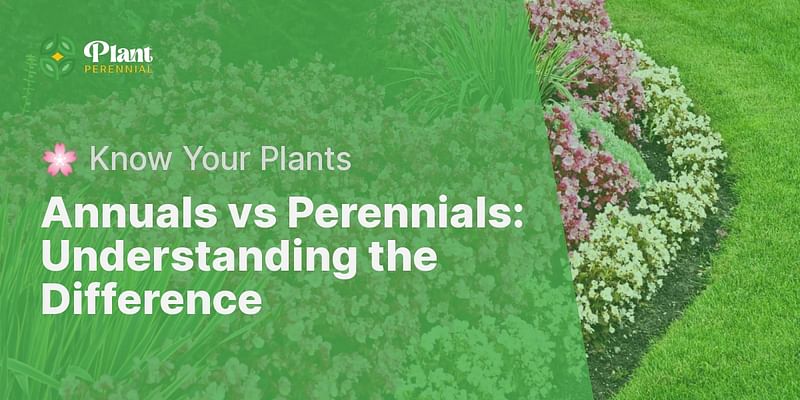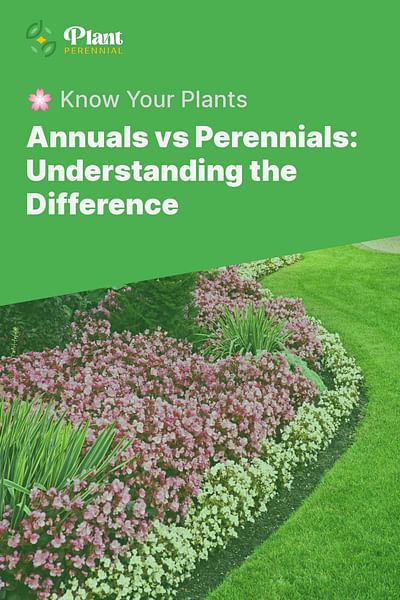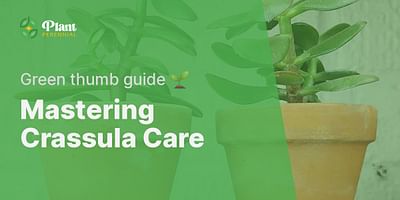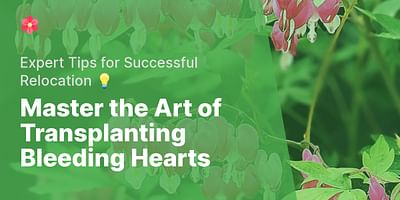Vaughn is a seasoned horticulturist boasting a comprehensive education in botany. His career spans a myriad of roles in renowned botanical gardens and nurseries, earning him extensive expertise in perennial plants. When not immersed in his plant-filled world, Vaughn indulges in birdwatching and nurturing his photography skills.
Annuals and perennials are two types of plants that differ in their life cycles and how long they last in the garden. Understanding the difference between these two types of plants is essential for planning and maintaining a beautiful perennial garden.
Annuals:
Annual plants complete their life cycle in just one growing season. They germinate from seeds, grow, flower, produce seeds, and then die, all within a single year. Some common examples of annuals include marigolds, petunias, and zinnias.
The main advantage of annuals is their ability to provide vibrant and continuous color throughout the growing season. They often have a longer blooming period compared to perennials. Annuals are also great for filling in gaps in the garden or adding temporary interest to containers and hanging baskets.
However, because annuals die at the end of the season, they need to be replanted every year. This can be time-consuming and costly. Additionally, annuals may not tolerate extreme weather conditions, such as frost or drought, as well as perennials do.
Perennials:
Perennial plants, on the other hand, have a life cycle that extends beyond one growing season. They live for multiple years, with some perennials lasting for decades. Examples of perennials include astilbe, hosta, and hellebores.
One of the main advantages of perennials is their ability to come back year after year, saving you time and effort in replanting. They establish deep root systems, allowing them to survive harsh weather conditions and periods of drought. Perennials also tend to have a more extensive range of flower colors, shapes, and sizes compared to annuals.
Perennials can be further categorized into herbaceous perennials and woody perennials. Herbaceous perennials die back to the ground during the winter but regrow from the roots in the spring. Woody perennials, such as shrubs and trees, have persistent stems and branches that provide structure and interest to the garden throughout the year.
Choosing the Right Plants:
When planning your garden, it's important to consider both annuals and perennials. Annuals can provide immediate color and fill in gaps while perennial plants establish and grow. Perennials, on the other hand, provide a long-term foundation for your garden, returning year after year.
To create a balanced and diverse garden, consider incorporating a mix of both annuals and perennials. Choose annuals for seasonal bursts of color and perennials for structure and long-lasting beauty. By combining the two, you can enjoy a garden that evolves and changes throughout the seasons.
Remember to consider your climate, soil conditions, and the specific needs of each plant when selecting both annuals and perennials. Some plants may be better suited to your region or require specific care. Researching and understanding the requirements of each plant will help you create a successful and thriving perennial garden.
In conclusion, the main difference between annuals and perennials lies in their life cycles. Annuals complete their life cycle within one year, while perennials live for multiple years. Both types of plants have their advantages, and incorporating a mix of annuals and perennials in your garden can create a beautiful and dynamic landscape.















